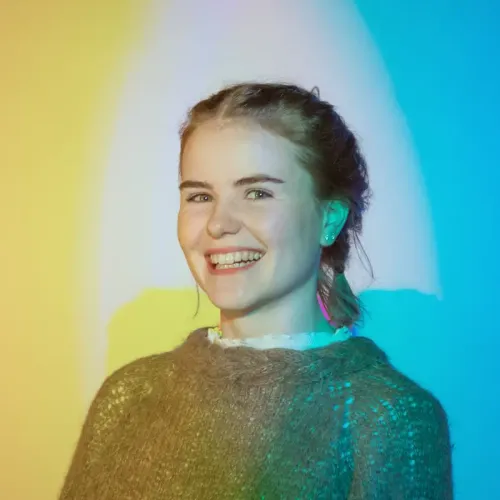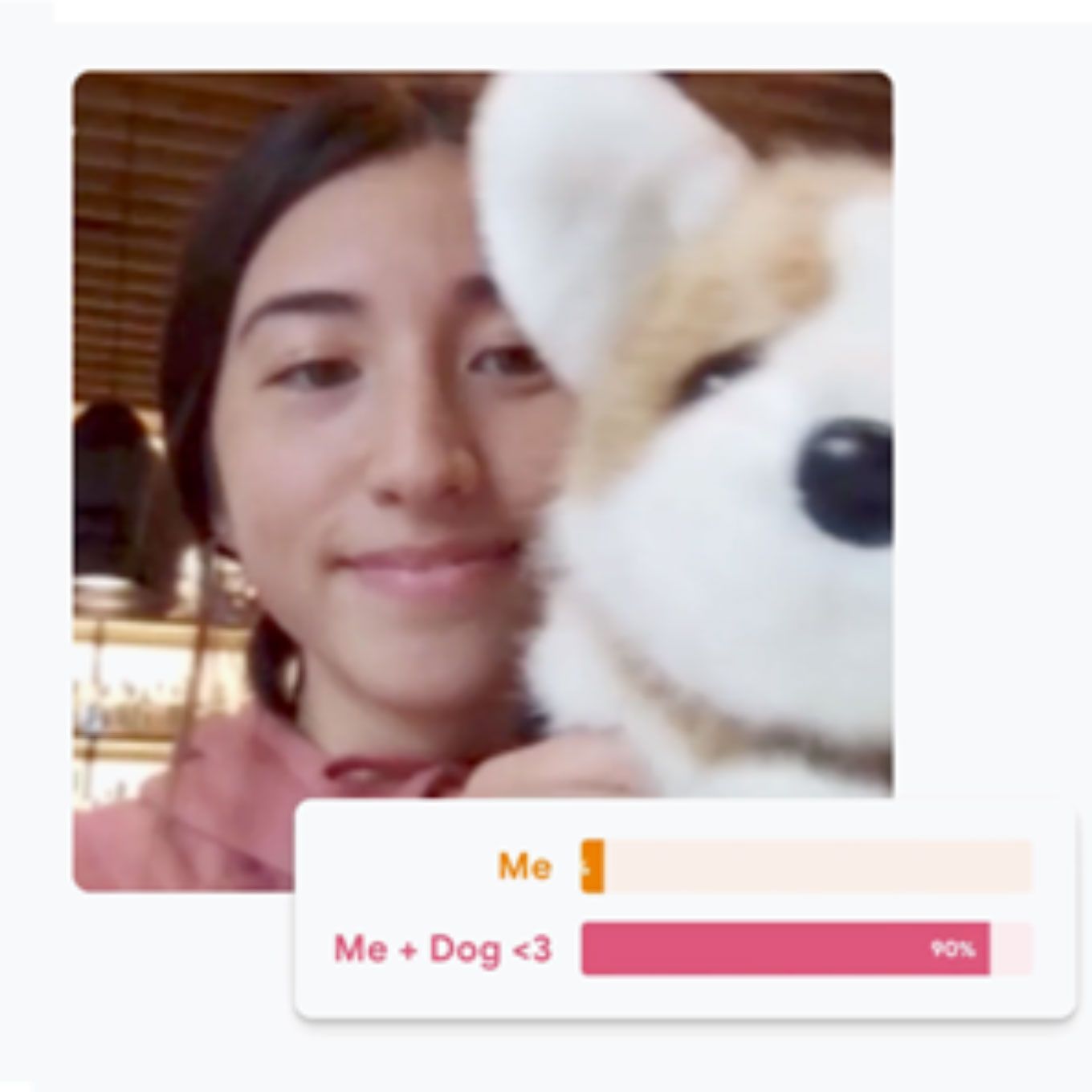Science and social studies
Artificial intelligence
How will artificial intelligence affect the future of our students? Give your students a playful and hands-on introduction to artificial intelligence at a level everyone can understand.
Target group : 8.-10. steps and VGS
Number : Max. 28 students - the students work together in pairs
Duration : 90 minutes
Subject area : Natural sciences and social sciences
In the event of non-attendance without cancellation seven days before the day of attendance, the client will be invoiced a fee of NOK 500.
Curriculum 8.-10. steps:
Mathematics:
- explore how algorithms can be created, tested and improved using programming (level 8)
Social Studies:
- assess the ways in which different sources provide information on a social science topic, and reflect on how algorithms, unidirectional sources or a lack of sources can shape our understanding (10th stage)
- explore how technology has been and still is a factor of change, and discuss the impact technology has had and is having on individuals, society and nature (10th stage)
Curriculum VGS:
Science (core elements):
- understand, create and use technology, including programming and modelling, in work with science.
- Consider how technology can contribute to solutions, but also create new challenges.
Social studies (core elements):
- the students must acquire the competence to take part in democratic processes and shaping society.
What happens in this teaching program?
Description of the lesson:
- You will meet the pedagogue at the column number you are given at reception
- The students will work together in pairs in one of our teaching rooms
- The teaching is based on many interactive and practical activities that explain complex concepts in simple ways.
Theme that we go through in class:
- Brief introduction to KI history
- Create your own AI with and without the use of a computer
- Pattern recognition with AI
- Generative AI and chatbots
- Ethical dilemma
We want you as a teacher to be active, participating and curious with the students during the visit. The students get the best results if they come prepared, so feel free to show the students pictures and tell them about what will happen, and check whether there is associated pre- and post-work for the teaching plan
You as a teacher are responsible for the group during the entire visit.
Explainer is responsible for implementing the program. The teacher has overall responsibility for the students. You may be asked to help along the way.
If you want an invoice, include the resource number and the correct invoice address. You do not need to bring a computer.
Preparations
One of the teachers in the group approaches the reception. We will then register that you have arrived and you will be allocated a cloakroom space and possibly cabinet for locking up valuables.
Arrive at the museum no later than 10 minutes before the start of the program. Let us know if you will be delayed by phone. 22 79 60 00 . If you arrive late, the learning offer may be shortened or cancelled.
Click here to find the way to The Norwegian Museum of Science and Technology .
At The Norwegian Museum of Science and Technology the same rules apply as at school/kindergarten. We will
- be role models for each other
- be kind to each other and the exhibits
- use consensus
- don't run.
ATTENTION: Everything behind barriers must not be touched.
Then we all have fun and contribute to a good learning experience. If you decide that your group can visit the museum shop, the teacher must be present as long as some of the children are there.
You can eat the packed lunch in different places; in the cafe, at the reception and outside the museum entrance. It is not allowed to eat or drink in the exhibitions.
Kindergartens and schools can pay by cash/card on arrival or bring an invoice.
For invoices, you must include the requisition or resource number and invoice address.
You meet one of us!

John

Ane

Øystein

Linda
Preparation:
Our teaching plans do not require preparatory work, but it is always useful to prepare students for a museum visit. This can increase the learning outcomes from the museum activity, and links the classroom to the museum. Here are some wondering questions for the class, which can prepare and engage the students before they learn more about the topic at the museum
Wonder question
-
Do you think you have been exposed to artificial intelligence today?
-
How can you train a computer to recognize images?
-
Can you think of any problems that may arise from the use of artificial intelligence in our society?
Finishing work:
Use some of the tools that were presented on the course in the teaching. Reflect and discuss with the students.
Go through the guidelines for students on the use of artificial intelligence in school. Create discussion groups.



